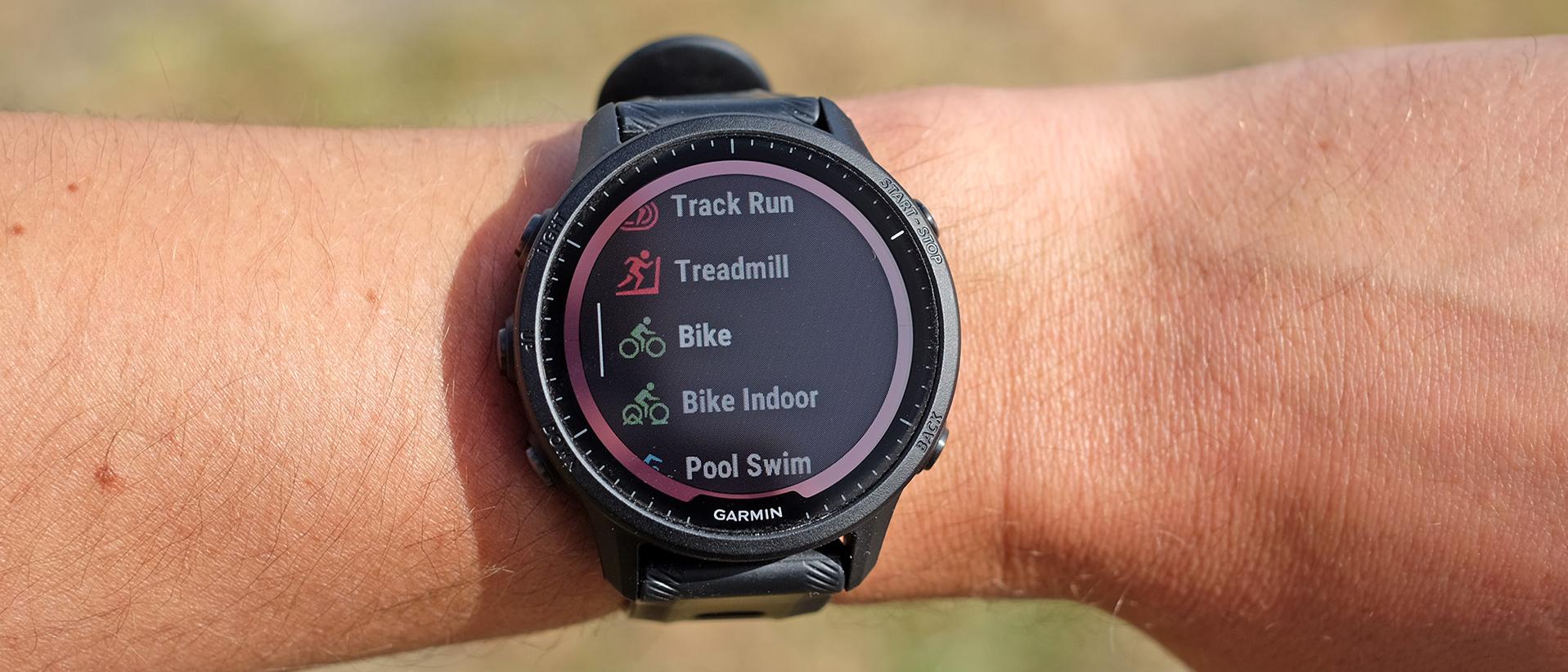Live Science Verdict
The Forerunner 955 is Garmin’s best-value serious fitness watch, and a great alternative to the pricier Fenix 7 if you’re happy with its non-metal casing.
Pros
- +
Great value compared to other Garmins
- +
Feature-packed
- +
Offline map downloads and 32GB storage
Cons
- -
Plastic shell isn’t as tough as steel
- -
Occasional heart-rate accuracies at higher exertion
- -
Maps app needs work
Why you can trust Live Science
The Garmin Forerunner 955 came out in June 2022, a little under six months after the Fenix 7 and Epix 2. It’s a cheaper sibling of these big hitters and arguably a better deal than either.
Display: 1.3in 260 x 260 MIP
Storage: 32GB
GPS: Multi-Band
Water resistance: 5ATM
Weight: 55g
Dimensions: 46.5mm x 46.5mm x 14.4mm
Screen: Gorilla Glass DX
The high-end Garmin features we most wanted to see – and that appear on the best fitness trackers – are here, and while we have issues with the Maps app (and found the Fenix 7 heart-rate results better on occasion) these are elements Garmin will hopefully fix in a software update.
Price and release date
The Garmin Forerunner 955 came out in June 2022, a little under six months after the Fenix 7 and Epix 2. It’s a cheaper sibling of these big hitters and arguably a better deal than either.
The standard Forerunner 955 costs $499.99 in the US and £479.99 in the UK, while the Forerunner 955 Solar costs $599.99/£549.99. The only difference is the solar charging – mostly provided by a bronze-tinged ring that sits around the 1.3in screen.
Design and display
The Forerunner 955 is Garmin at its most pragmatic, providing a high-end fitness watch but with savings made by using a plastic casing instead of a metal one.
Let’s compare it to the Fenix 7. That watch has a titanium/stainless steel ring around the display, depending on the model you pick. The same metals are used on the back, while the core is reinforced plastic. These fancy bits are left off the Forerunner 955. Bezel, bottom and sides are all plastic. This makes you feel less like you are wearing something world-class athletes might use to train.
But does it matter? The only issue with the “fiber reinforced polymer”, as Garmin calls it, is that it’s easier to dent. After a few weeks of use we managed to ding the bezel. It wasn’t part of an epic adventure, we just knocked the watch against a door frame.
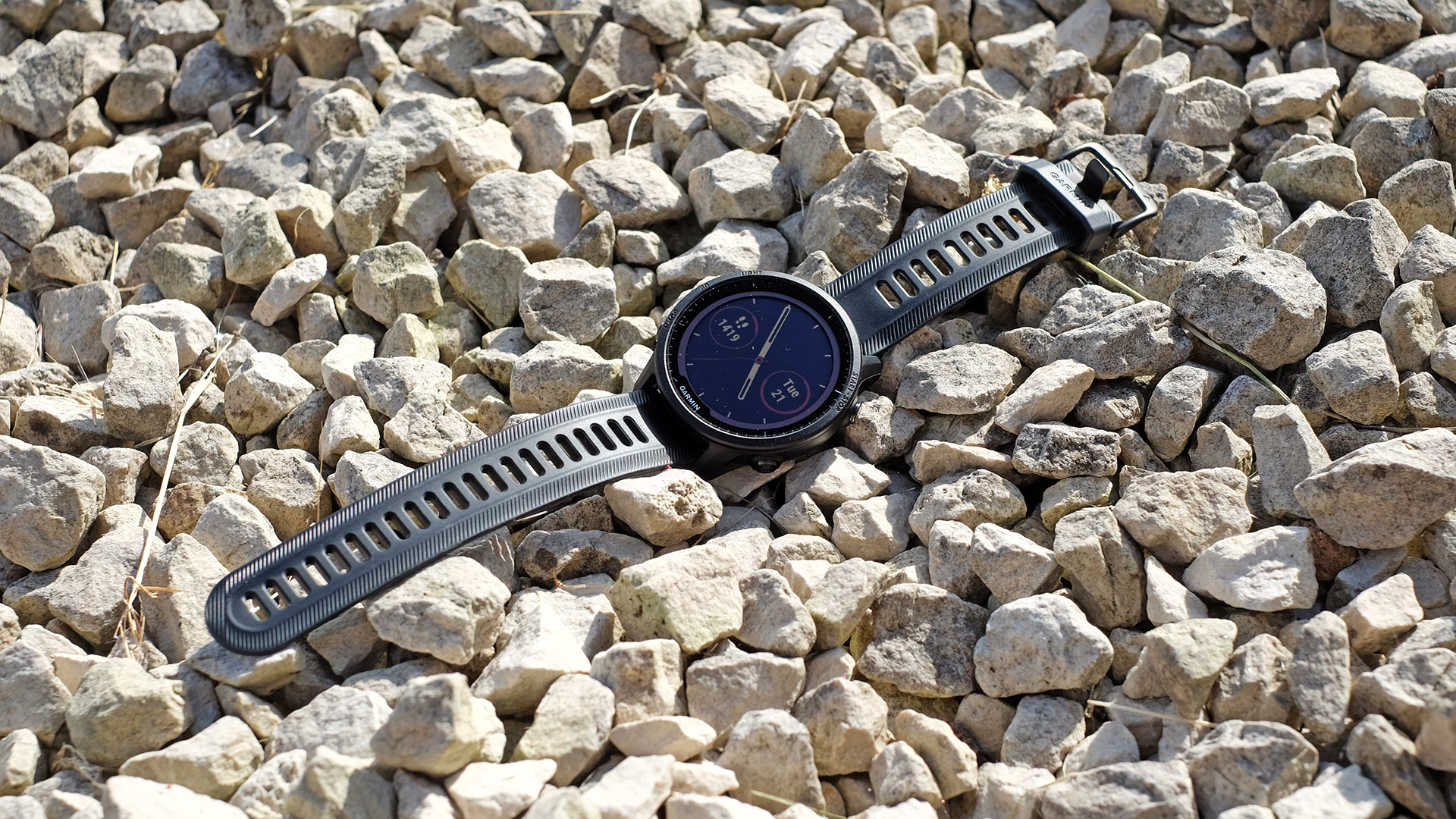
The protective display glass of the Forerunner 955 is the same as the Fenix 7’s: Corning Gorilla Glass DX. This is the part you don’t want to scratch. And, so far, we haven’t.
There’s another potential Forerunner 955 issue: it is water-resistant to 5ATM, not the 10ATM offered in the Fenix and Epix series. For use in the sea, or a swimming pool, they are clearly better than the 955. However, Garmin’s 5ATM will do the job for surface-level swimming.
The Forerunner 955’s simplified build brings benefits, too. It is lighter than the top Garmins and lighter than the larger Apple Watch models. With a strap attached it weighs 55g according to our scales. The Fenix 7 Sapphire Solar we used for comparison is 75g.
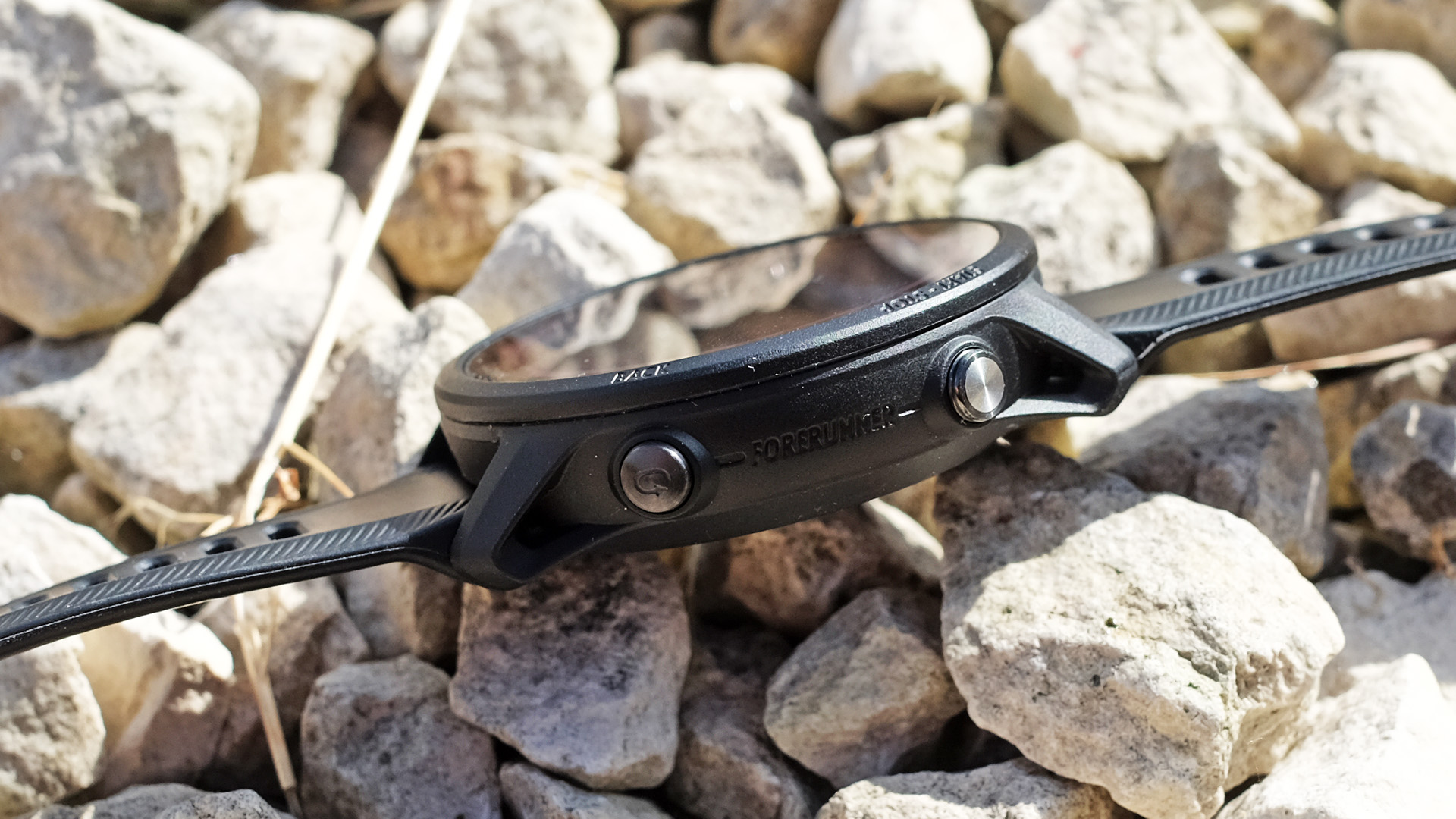
Lower weight makes the Forerunner 955 more comfortable to wear overnight, or when tracking exercise that involves arm motion – like running. In this respect at least, we prefer the Forerunner over the Fenix for run-tracking.
The screen uses a transflective memory-in-pixel panel. This means it gets clearer in bright sunlight, not dimmer like an OLED or standard LCD, and uses almost no power to operate. Where smartwatches have “always on” modes that halve battery life, the Forerunner 955 display is on all the time by design. In return, its color is muted, contrast is limited, the 260x260 resolution has a slightly blocky character and it uses a digital watch-style front light to illuminate the screen indoors.
Transflective MIP isn’t the height of glossy smartwatch tech, but its practicality is basically unbeatable in an outdoors training watch.
Features
Mapping is the most important element, as you don’t get full on-watch maps in the Venu, Instinct or Forerunner 255 series, but you do here.
At first we thought Garmin might limit the areas you could download freely on a Forerunner 955. But it hasn’t. Our watch came with European TopoActive maps installed, and a trip to the Map Manager section lets you load up the US, Africa, Australia, mainland China maps and more. Solar and non-Solar Forerunner 955s have 32GB storage, double that of the cheapest Fenix 7.
Maps let you see where you are while working out, no data connection required. However, this is also where we get our first compelling reason to buy one of the pricier Garmins. The Forerunner 955’s Maps app is not the same as the Fenix 7 one, it feels clunkier to operate and doesn’t support easy selection of destinations for on-watch navigation.
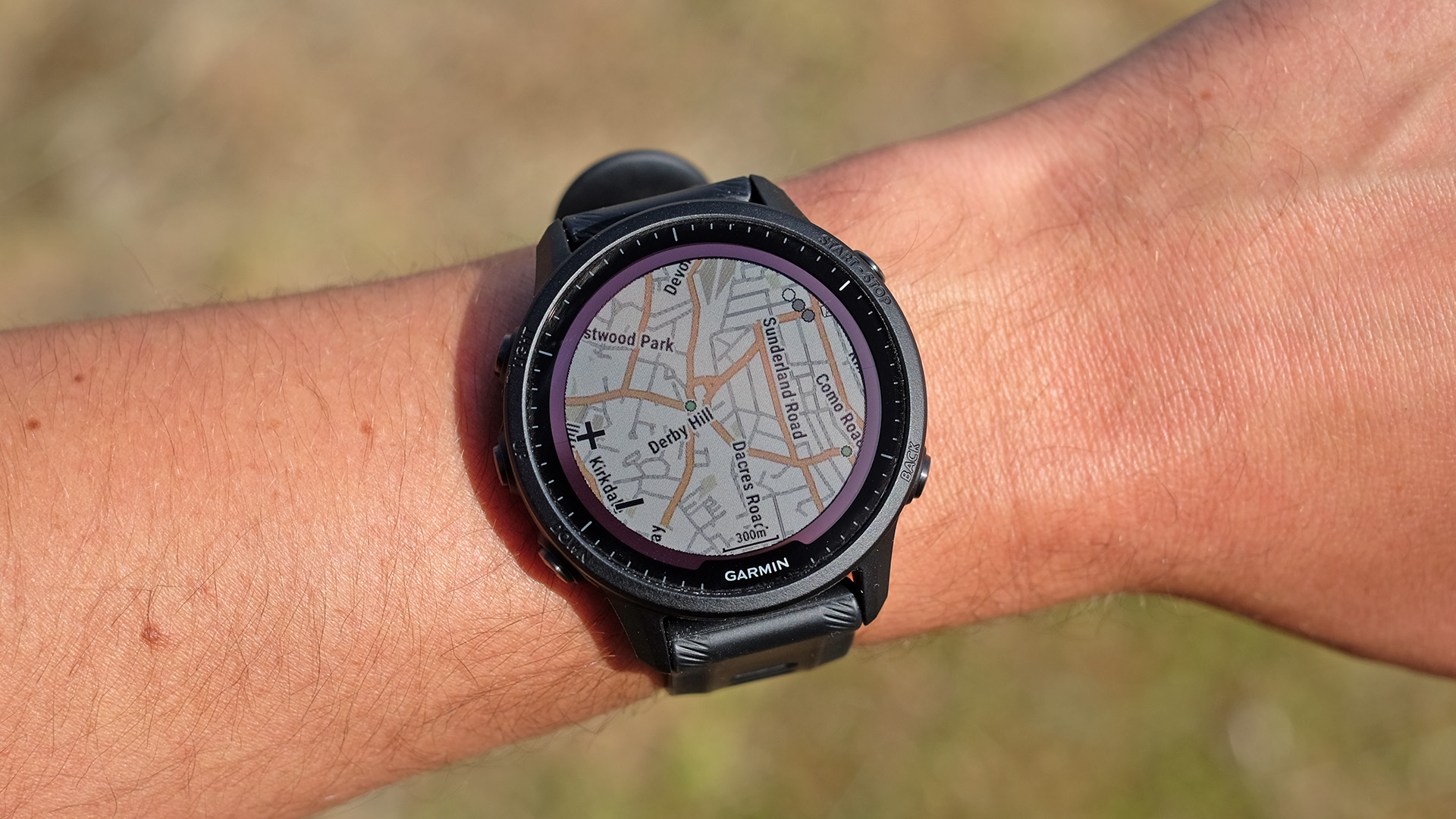
There is a separate Navigation app. This lets you look for local points of interest, and the Forerunner will calculate a route to them offline, complete with turn-by-turn navigation. However, you can’t easily select such a destination just by flicking around the map – an oversight so fundamental it seems like a mistake. Hopefully the experience will get smoother in a future software update.
The watch does have a series of features not seen in the big guns, yet. It introduces HRV Status and Morning Report. HRV Status monitors heart rate variability overnight. This looks at the average disparity in the gaps between your heart beats over time, measured in milliseconds. It’s not a friendly metric to get your head around, but a higher figure is good, a lower one not so good.
You get a score each night, and Morning Report feeds that to you when you wake up, alongside a summary of how well you slept. The sleep stuff is neat, and stops you from having to dig into the relevant widget to pick out this data. The HRV data sits uncomfortably next to it, as it’s much less digestible. Then again, this is a high-end Garmin watch, not a “first fitness tracker” Fitbit.
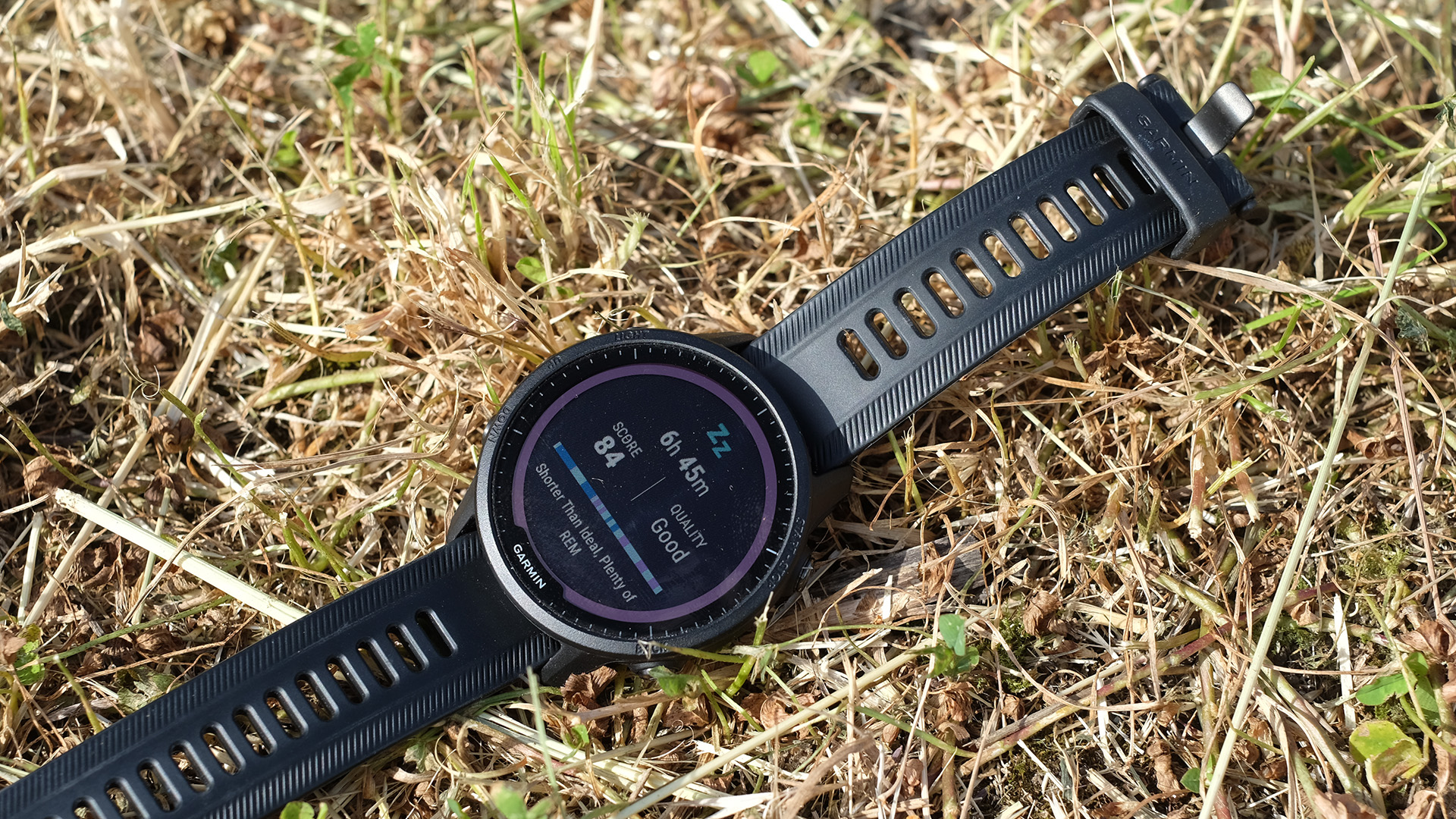
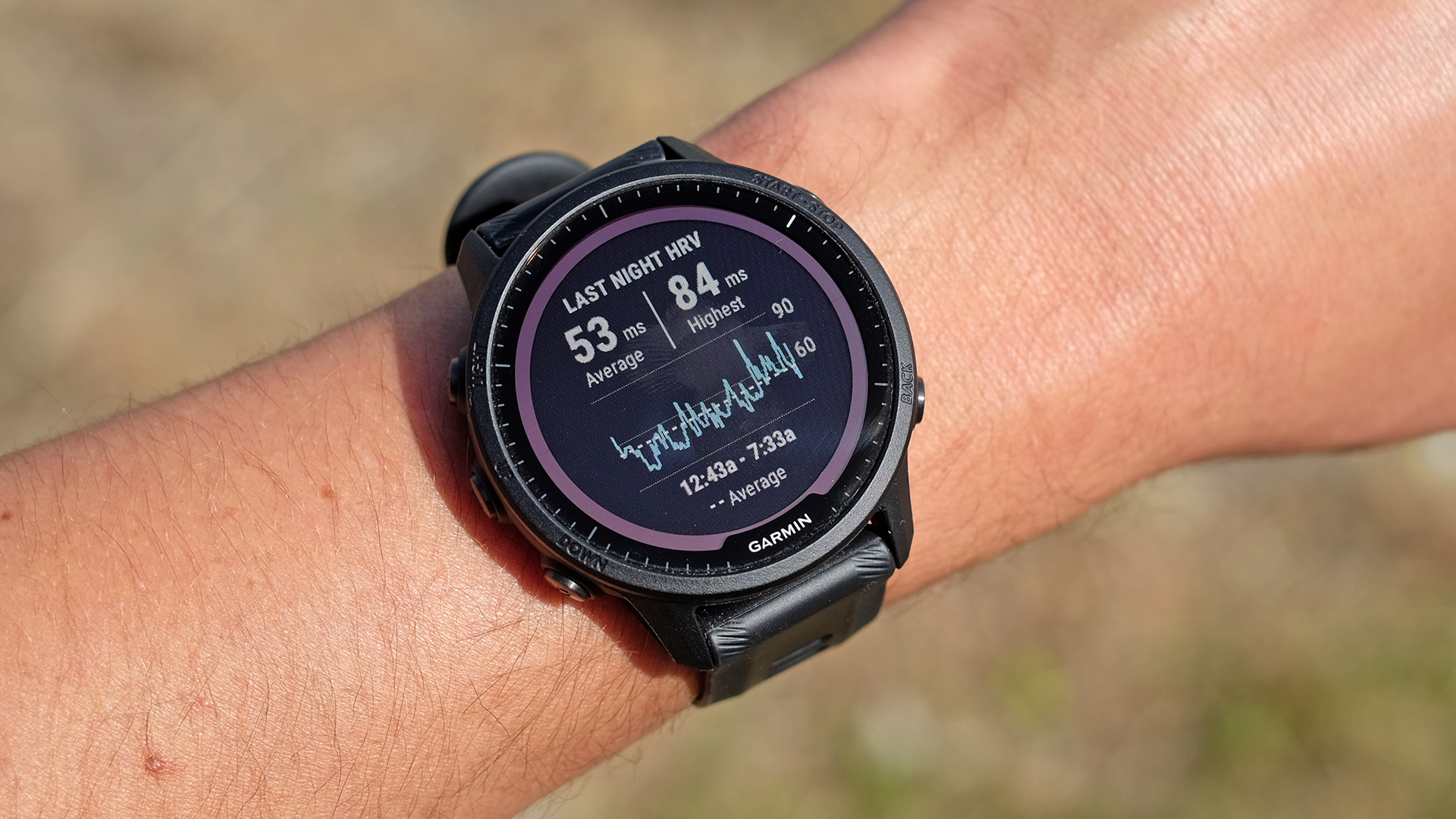
This data also feeds into Training Readiness, a new metric you’ll see when you press the “up” or “down” buttons from the Forerunner 955 watch face, or in the Garmin Connect app. It’s here to suggest – in our view at least – when you might not exercise, because you’re run down or have undertaken a hard workout too recently.
There’s also a Race Calendar feature, also not seen in other Garmins. You input race dates in the Garmin Connect app on your phone and the Forerunner 955 keeps a record, a countdown, and can tailor suggested workouts to suit.
Aside from these extras, you get the usual Garmin features. The Forerunner records VO2 Max scores as you exercise, and Training Status gives you an idea of how effective your routine is over time. Pulse Ox takes blood oxygenation readings.
The Forerunner 955’s 57 exercise modes are generally more useful than the “100+” of some cheaper fitness trackers because the 955 can a) connect to external ANT+ sensors b) has a barometric altimeter c) has a built-in GPS library of golf courses and d) can connect to and control smart bike turbo trainers.
Performance
The Forerunner 955 has the same inner core hardware as Garmin’s other high-end watches, and that means an Elevate v4 heart rate array with four groups of light sensors, and the latest Multi-Band GPS tech.
You can choose how many satellite arrays you want the Forerunner 955 to access. Full All+Multi-Band will get you better accuracy in areas without good GPS coverage, but “GPS only” will use less battery.
Garmin says a charge will last up to 15 days when used as a smartwatch, or 20 days with the Solar version. Actual longevity will depend on which settings you turn on and how much you use the GPS.
After 48 hours wearing the watch 24/7 including an hour of GPS tracking using full Multi-Band GPS, the Forerunner 955 was down to 83%. This suggests we can expect it to last around 12 days. We used the watch for far longer than two days, but don’t tend to wear it all day and all night so used those days to get you a clearer view on what to expect.
Users get to benefit from Garmin’s latest heart rate sensor tech, which brings these watches up to the kind of reliability you see in an Apple Watch Series 7. We compared the Forerunner 955 with the Fenix 7, a heart rate chest strap and the Apple Watch Series 7. It is excellent in most respects.
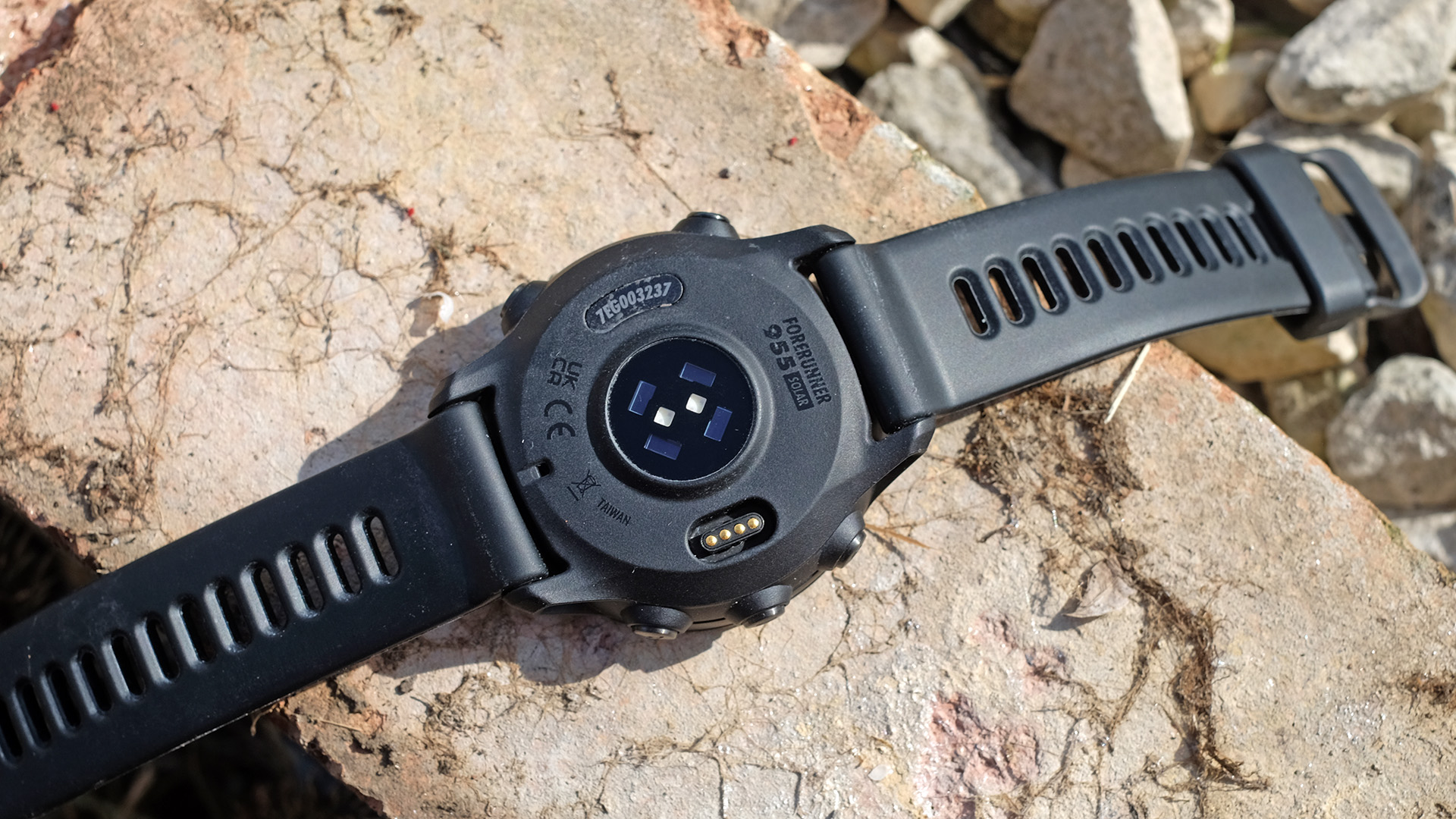
It only struggled a couple of times during runs, when detecting a shift from a reasonably high heart rate of 160bpm to somewhere in the mid 170s. The Forerunner can be slow off the mark with these higher exertion increases, which resulted in a slightly lower “maximum” heart rate compared with a Fenix 7 worn during the same run.
However, some early Fenix 7 reviews also noted this, so the Forerunner 955’s behavior may change in future software updates.
The Forerunner 955’s GPS is reliable and quick to triangulate, as long as you connect the watch to Garmin Connect. Unlike an Apple Watch you can use a Forerunner phone-free, but syncing to the Connect app on your phone reduces GPS link-up time from 30 seconds to under five seconds. We can’t imagine many people not doing so anyway.
More interested in step counts? A Forerunner 955 is total overkill for such a job, but we’re happy with its step calculations. The watch’s algorithm successfully ignored the hand movements you’ll make while at a desk, assuming you’re not a wild gesticulator, and avoids overinflated step counts.
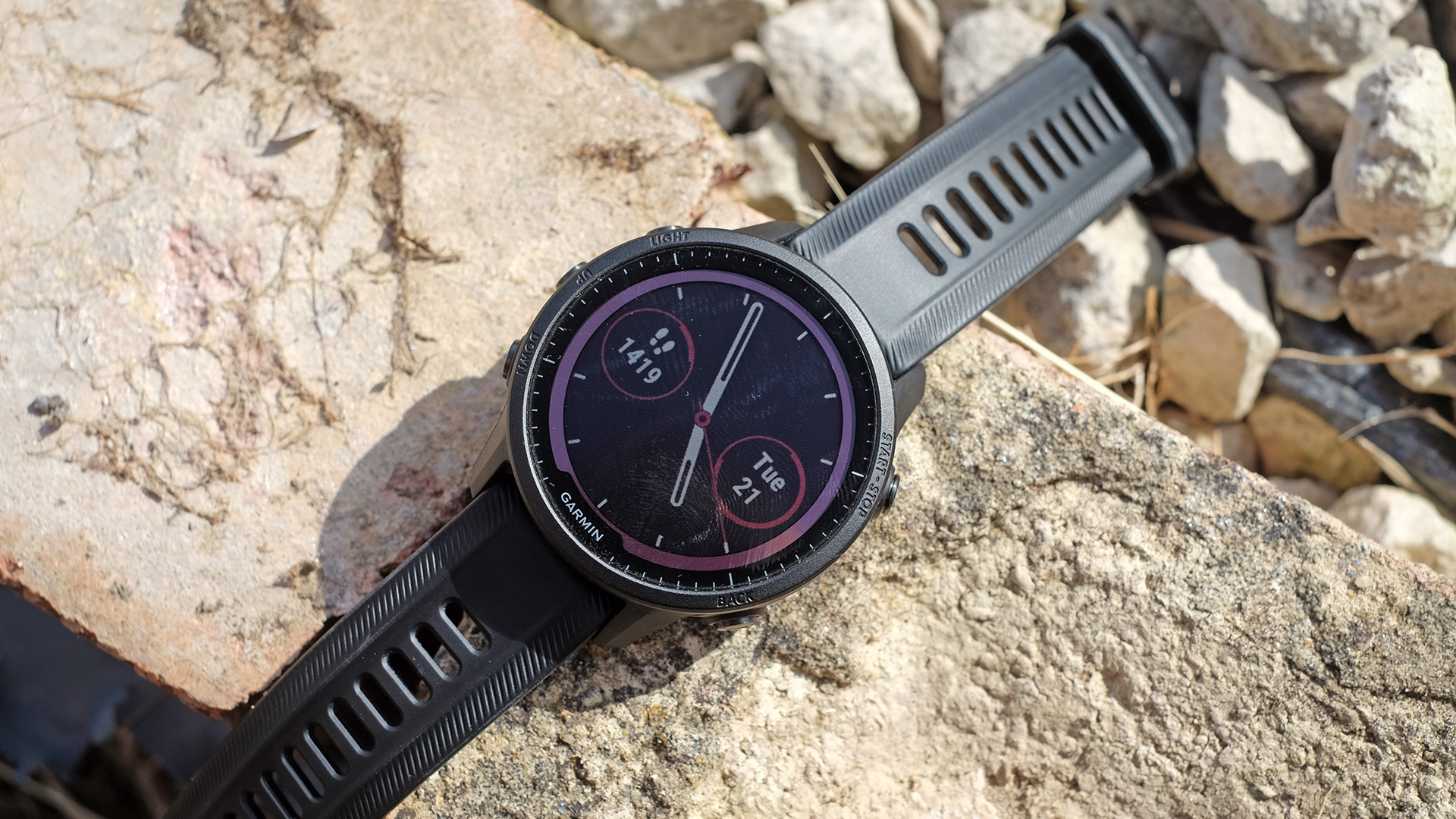
Verdict
The Garmin Forerunner 955 is probably the best-value high-end Garmin watch. You lose the hard, flashy-looking metal on key surfaces seen in the Epix 3 and Fenix 7, but retain key features like on-watch maps and navigation.
New features like Training Readiness and Morning Report offer something for both poles of the Garmin audience: serious athletes and folks who will often use the watch as no more than a casual fitness/health tracker.
The Maps app is clunkier than the version seen in the Fenix 7. We hope to see this improve in future software updates. But the Forerunner 955 effectively gets you all the best Garmin content for less money. As such, we think the non-Solar version maxes out on the Forerunner appeal.
If this isn't for you
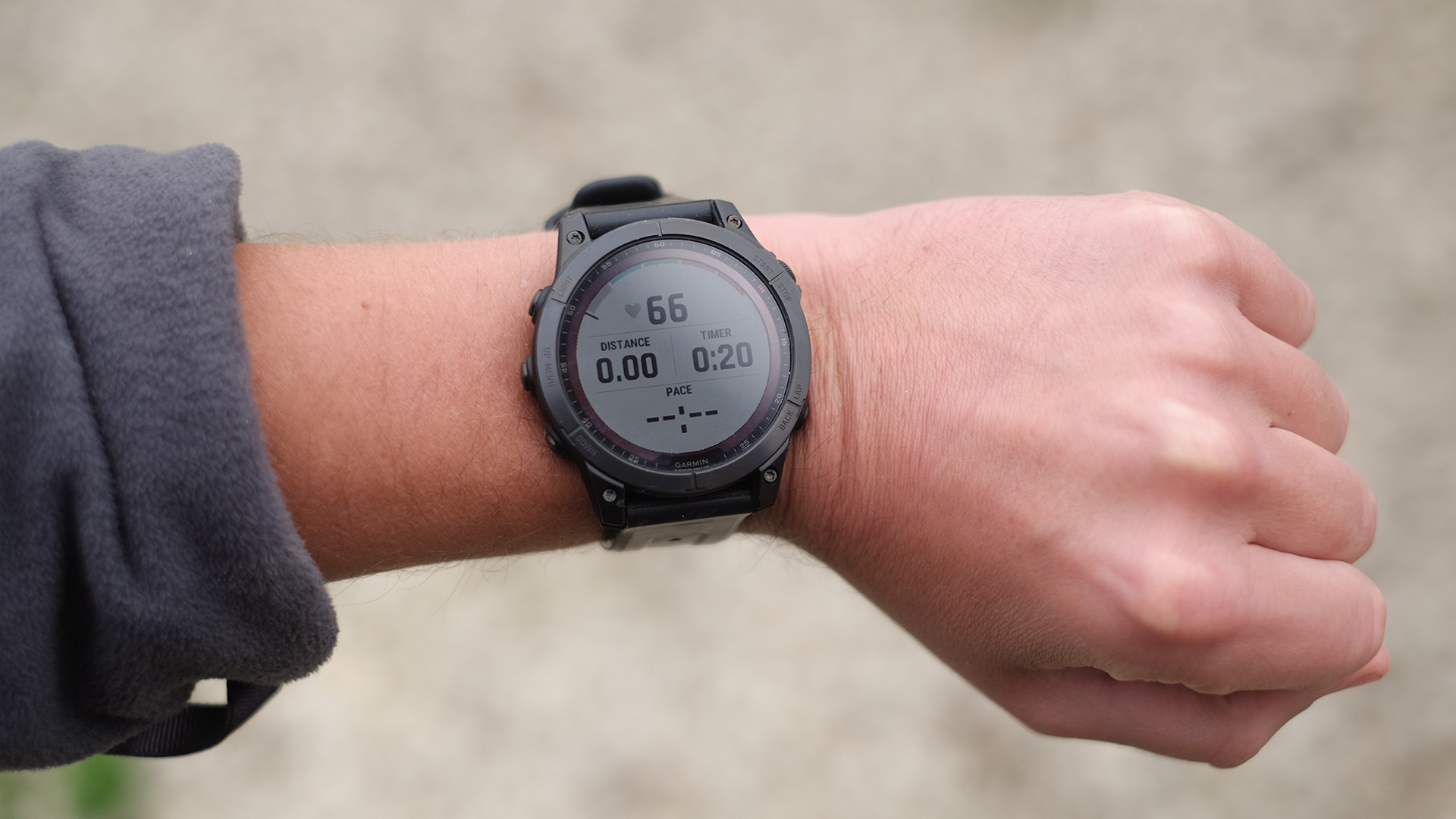
Garmin Fenix 7
If you are happy to spend more, look at the Fenix 7. The bezel and underside are made of steel or titanium, making it more hardwearing. Arguably, it’s a better-looking watch, too, and its waterproofing is superior. However, the Fenix 7 is significantly heavier, which isn’t ideal for sleep tracking, and base models only have half the internal storage.
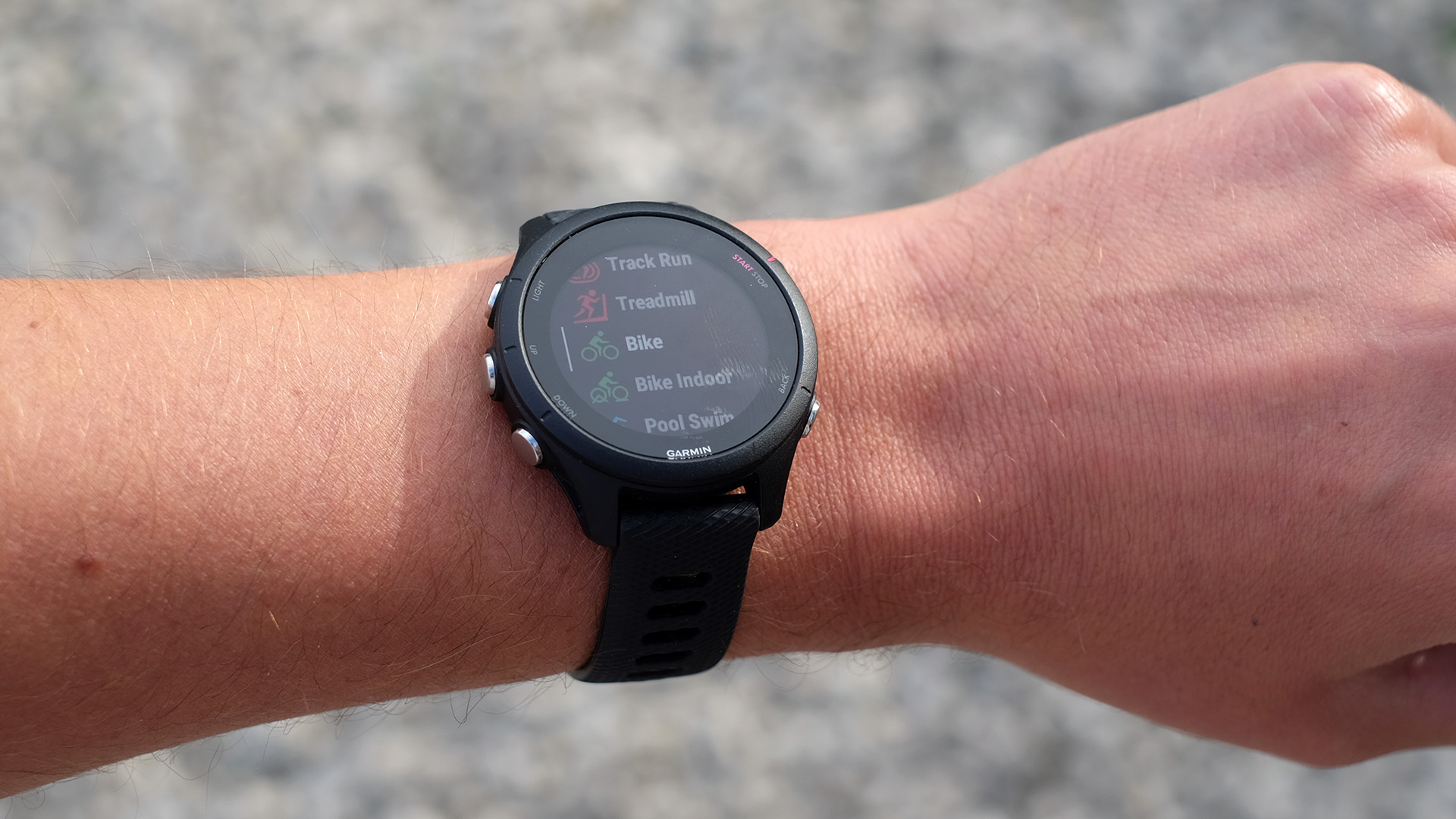
Garmin Forerunner 255
The Forerunner 255 sits a step below the Forerunner 955. It’s available in a similar size, or much smaller in the Forerunner 255S model. This series misses out on a few of the more advanced features, like on-watch maps and navigation, and bike turbo trainer control. It has the same core hardware, including an Elevate v4 heart rate array and Multi-Band GPS. A great option for those who don’t need features reserved for the expensive bands.
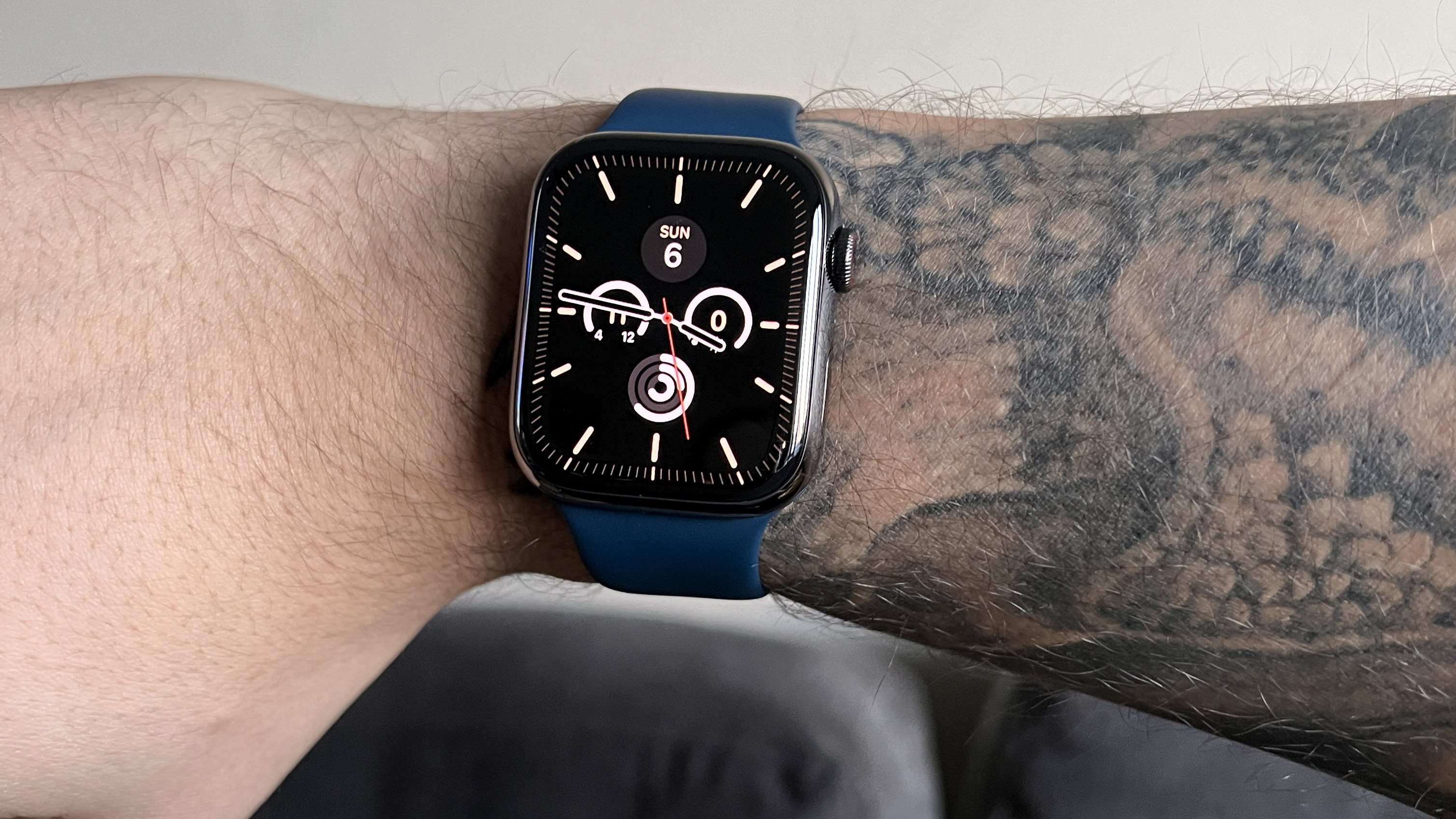
Apple Watch Series 7
It may seem odd celebrating the Forerunner 955’s value when the Apple Watch Series 7 is higher profile, flashier and cheaper. The watch also makes an excellent exercise tracker, thanks to its accurate GPS and top-tier heart rate sensor. However, it doesn’t have offline maps, can’t connect to external sensors to the same extent and (typically) needs to be charged daily. It’s a great watch for casual exercisers but doesn’t have the specialist appeal of a good Garmin.
Andrew Williams is a freelance journalist based near London. He has written about tech for over a decade, contributing to sites such as WIRED, TechRadar, TrustedReviews, Wareable, Stuff, T3, Pocket-lint and many others. When he's not covering fitness tech, he writes about mobile phones and computing, as well as cameras.
